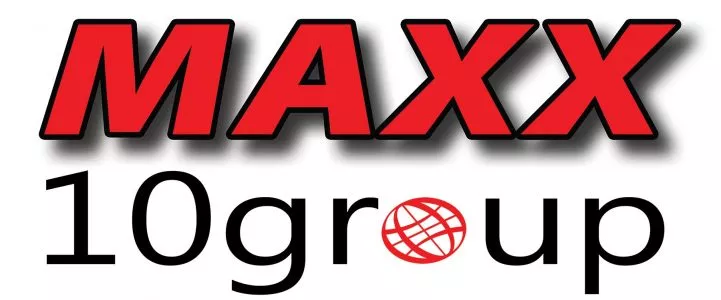Warehousing is an essential step in the distribution of goods – the warehouse provides a buffer to ensure that deliveries to customers are at an optimal level. The backlog of goods in them leads to numerous problems – increased costs, financial losses, slowed or stopped production. It is worth knowing what such a situation arises from, what the causes are and how to prevent it.
Changes in market trends
Such a scenario is most common for brands in the fashion industry, meaning those that produce clothing, footwear, accessories and more. The market for these products is closely linked to the seasons – summer clothes are bought just before or during the summer season, and the situation is analogous with clothes for the autumn-winter season. Products that do not sell within a few months of the season are not in high demand by customers for the rest of the year, so they linger in warehouses. Another issue is changing trends – fashion brands change their offerings every season, depending on the prevailing fashion. What was fashionable one year will not sell the next.
Supply greater than demand
Demand is the demand for a product, while supply is the amount of products available on the market. Ideally, the two indicators would stand at an equal level. In practice, supply exceeds demand, sometimes by a considerable margin. Why? Because completely selling out of a product could mean to the manufacturer that demand has not been met – and therefore the maximum potential profit has not been achieved. It is often much more profitable for producers of various types of goods to generate a significant supply (especially since the production of many goods is much cheaper than their price on the retail market) and thus have a surplus of stock, than to lose a possible profit through a shortage of goods on the market. This is another of the situations that often occur in the apparel market.
Aging technology
This problem affects, among others. electronic products, and is due to the very dynamic development of modern technologies, which are very quickly displacing older solutions from the market. The equipment manufactured using them simply becomes obsolete and less effective compared to the new, leading to a decline in consumer interest in them and ultimately to a backlog on warehouse shelves.
Approaching expiration date
This applies to products with a definite shelf life, so primarily food, as well as drugs, cosmetics, some chemical products. Retailers often avoid buying products that are on the verge of expiration, as this significantly limits their sales opportunities.
Product drawbacks
Very often the goods do not sell simply because of their poor quality, failure to meet consumer requirements, manufacturing defects… The cause of the problem may also be the failure to adapt the product to local regulatory requirements (such as the use of inappropriate raw materials or technology in its production) or even inadequate marketing and lack of interest in the product among consumers.
Mistakes made in storage
The backlog of goods in the warehouse is not always due to their properties or imperfections – sometimes the fault lies in the inadequate operation of the warehouse. A simple example is the mistakes made in recording goods delivered to and released from warehouses, or moving goods without noting it in the warehouse system. Such seemingly simple stumbling blocks can lead to goods being “lost” in storage and becoming impossible to find for a long time.
What to do with backlogged goods?
Getting rid of backlogged goods can be very difficult, and in some situations impossible. Sales companies can try to sell them with different types of product, such as a significant discount or adding a backlog of products as a gift when buying another. Another solution is to organize a separate outlet department, where backlogged goods will be available for regular sale, but at discounted prices. These solutions are not always sufficient. Why? The reasons are two:
- long selling time – the longer the goods linger in the warehouse, the more costs they generate. For a promotion to prevent this, it should make it possible to sell the goods in the shortest possible time;
- additional costs – so among other things. Seconding a team of employees to operate the outlet or handle marketing.
A much better solution is to take advantage of the possibility of selling the stockyard, i.e. the entire backlog of goods – this is the main service in our offer. It allows:
- free up storage space in no time – we have our own transportation and warehouses, we are ready to take backlogged goods immediately after signing the contract;
- unblock production – if the production of new goods is impossible due to lack of space in the warehouse, selling the yard is the fastest way to bring the company back to full capacity,
- Recover production costs – selling goods through buyback allows you to recover the funds put into their production and use them to further the company’s operations and development.
In conclusion, a yard sale is in many cases the best solution to unwanted surplus.

